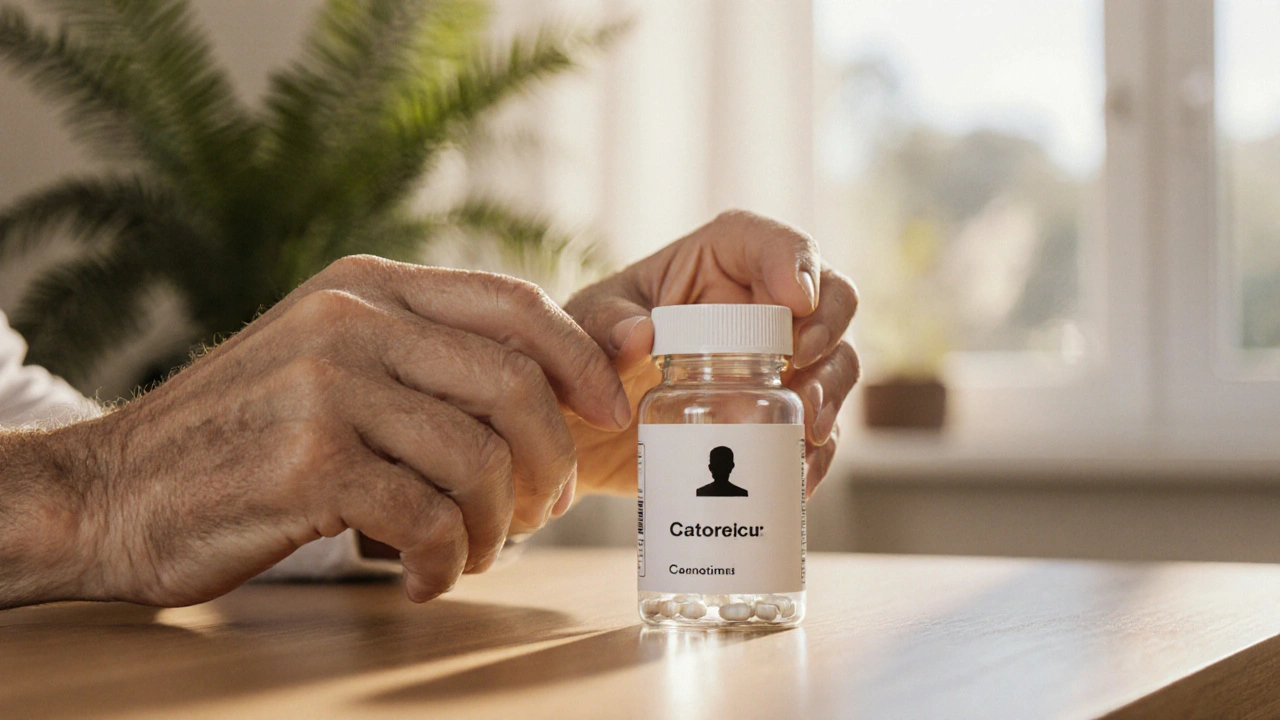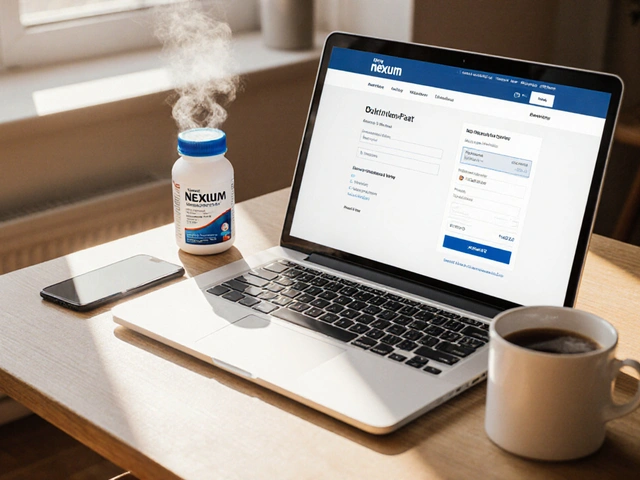Escitalopram: What It Is, How It Works, and Why It Matters
When you hear the name Escitalopram, a selective serotonin reuptake inhibitor used to treat depression and anxiety. Also known as Lexapro, it belongs to the Selective serotonin reuptake inhibitor (SSRI), a class of drugs that raise serotonin levels by preventing its re‑absorption. Serotonin, a neurotransmitter that regulates mood, sleep, and appetite is the key chemical behind the mood‑lifting effect. Meanwhile, Depression, a common mental health condition marked by persistent sadness and loss of interest often co‑exists with Anxiety, excessive worry or fear that interferes with daily life. By blocking serotonin reuptake, escitalopram lets more serotonin stay in the synapse, which can lift mood and ease anxiety.
For most adults, the typical starting dose is 10 mg once daily, taken in the morning or evening with or without food. Doctors may adjust the dose up to 20 mg based on how well the patient responds and how tolerable side effects are. Common side effects include nausea, headache, dry mouth, and occasional insomnia. Less frequent but serious risks are serotonin syndrome—a dangerous excess of serotonin—and changes in heart rhythm called QT prolongation. If you notice symptoms like high fever, rapid heartbeat, or severe agitation, seek medical help right away. Keeping a simple diary of mood, sleep, and any unwanted effects can help you and your clinician find the sweet spot.
Escitalopram isn’t the only SSRI on the market. Fluoxetine, Sertraline, and Paroxetine belong to the same family but differ in half‑life, drug‑interaction profiles, and how they affect weight. For example, fluoxetine stays in the body longer, which can be handy when you miss a dose but may cause lingering side effects. Sertraline is often preferred for patients who also struggle with obsessive‑compulsive disorder. Paroxetine can be useful for short‑term anxiety spikes but tends to cause more weight gain. When choosing a medication, doctors weigh factors like other health conditions, current prescriptions, and personal lifestyle.
Key Points About Escitalopram and Its Role in Mental Health
Escitalopram works best when paired with psychotherapy, regular exercise, and a balanced diet. Cognitive‑behavioral therapy (CBT) can reinforce the chemical changes by teaching coping skills that reduce negative thought patterns. Physical activity releases endorphins, which complement the serotonin boost from the medication. A diet rich in omega‑3 fatty acids, leafy greens, and lean protein supports overall brain health and may lessen side‑effect severity.
Patients with certain medical histories need extra caution. Those with a history of bipolar disorder risk switching into a manic phase if given an SSRI alone; mood stabilizers are usually added in such cases. Liver or kidney impairment can affect how the drug is cleared, so dose adjustments may be necessary. Pregnant or breastfeeding individuals should discuss benefits versus risks, as escitalopram crosses the placenta and appears in breast milk.
Below you’ll find a curated collection of articles that dive deeper into dosing strategies, side‑effect management, comparisons with other antidepressants, and real‑world patient experiences. Whether you’re starting treatment, considering a switch, or just want to understand the science, the pieces ahead give practical, easy‑to‑follow insight into making escitalopram work for you.

Learn how to safely buy cheap generic Lexapro online in Australia, verify pharmacy legitimacy, compare top sites, and avoid common pitfalls.
Chris Gore Oct 12, 2025




